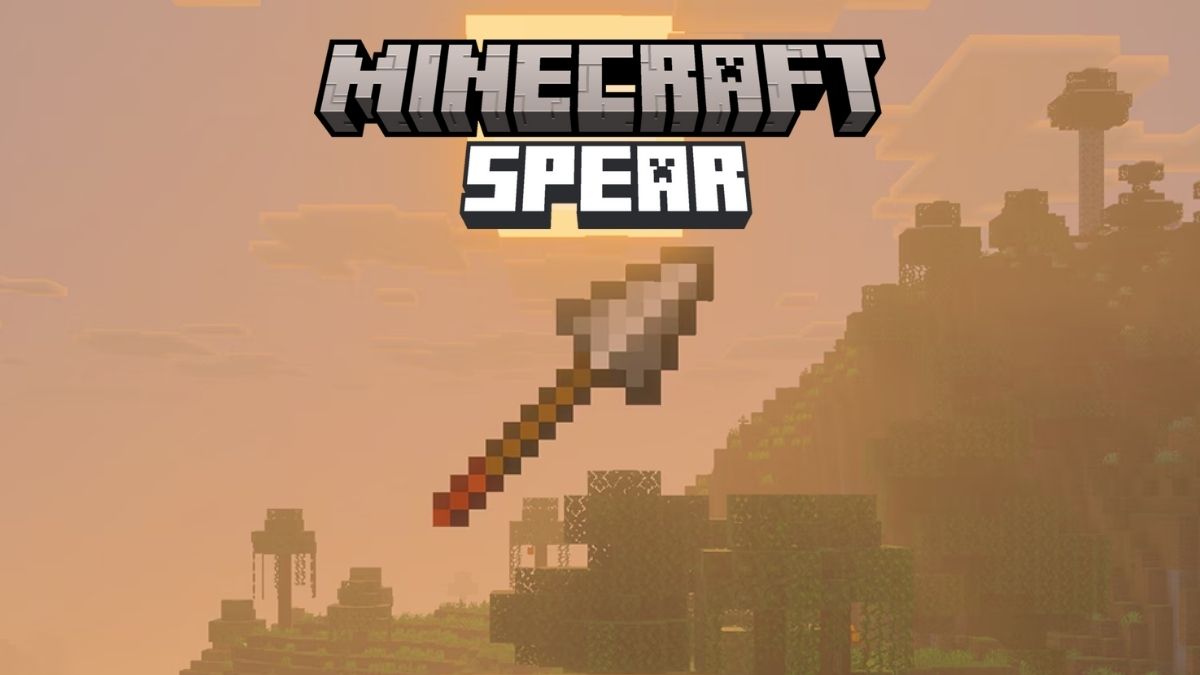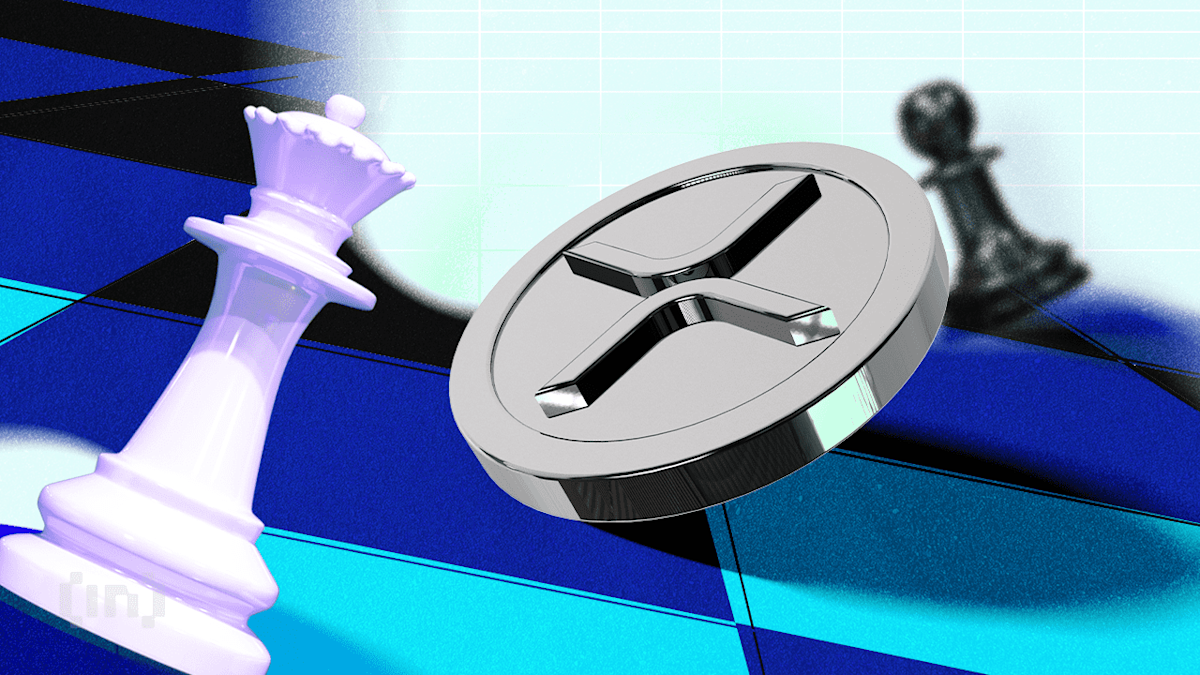LAHORE (Dunya News) – Renowned Pakistani actress Saba Qamar has said that playing the role of a rape survivor deeply shook her mental health.
The acclaimed actress portrayed a woman in a drama who becomes a victim…

LAHORE (Dunya News) – Renowned Pakistani actress Saba Qamar has said that playing the role of a rape survivor deeply shook her mental health.
The acclaimed actress portrayed a woman in a drama who becomes a victim…
This request seems a bit unusual, so we need to confirm that you’re human. Please press and hold the button until it turns completely green. Thank you for your cooperation!

Hailey Bieber has confirmed that she does not have any Botox in her face.
During an appearance on the latest episode of Owen Thiele’s In Your Dreams podcast,…

The spear is a new weapon in Minecraft that bridges the gap between the sword and the trident. It’s launching as part of the Mounts of Mayhem update and allows players to perform both quick jabs and destructive charge attacks. Sounds…

Heart disease is the number one cause of death globally, and despite immense advancements in treatment, millions get diagnosed with it each year. While heart disease is not reversible, and is fairly progressive, it is entirely preventable and…

ISLAMABAD – Pakistan and Türkiye have explored new avenues of maritime cooperation, including the possible launch of a ferry service between the two countries and collaboration in shipbuilding, ship operations, and the shipbreaking…

Ripple’s recent wave of high-profile acquisitions signals growing strength and ambition in bridging traditional finance with crypto.
Yet concerns persist that Ripple’s reliance on XRP-linked financing exposes weaknesses in the company’s long-term financial sustainability and its ecosystem’s real utility.
Ripple’s recent acquisitions, including Hidden Road and GTreasury, underline its accelerated push into traditional finance and its effort to expand financial infrastructure into corporate markets.
However, Ripple’s growing footprint in traditional finance has reignited long-standing concerns about XRP’s utility and relevance. These newly acquired services primarily target institutional clients that rely on conventional financial instruments, leaving XRP with little to no role in their core operations.
This disconnect has become a focal point of growing scrutiny among analysts and investors, who question whether Ripple’s business expansion truly supports the long-term value of its token.
Despite recent acquisitions, Ripple’s financial reality still heavily depends on XRP sales and tokenomics. The company continues to hold and release large volumes of XRP.
These periodic sales, managed through an escrow system, have long served as a key source of liquidity and operational funding for the firm.
Yet this reliance on selling XRP contrasts with the company’s long-promoted vision of the token as a functional bridge currency rather than a financial asset.
For years, the narrative has been that XRP would become the bridge currency, settlement fuel, and utility token within XRPL and Ripple’s infrastructure. But new data introduces a structural disconnect.
An effective example is Ripple’s RLUSD stablecoin.
As of the beginning of October, RLUSD has reached a market cap of nearly $789 million. Yet, BeInCrypto reported earlier that around 88% of RLUSD’s supply is on Ethereum, not XRPL.
Many XRP holders expected RLUSD adoption to increase demand for the token. Transactions on the XRP Ledger require small XRP fees that are burned. However, most RLUSD activity happens outside the Ledger altogether, limiting its impact on the token’s overall utility.